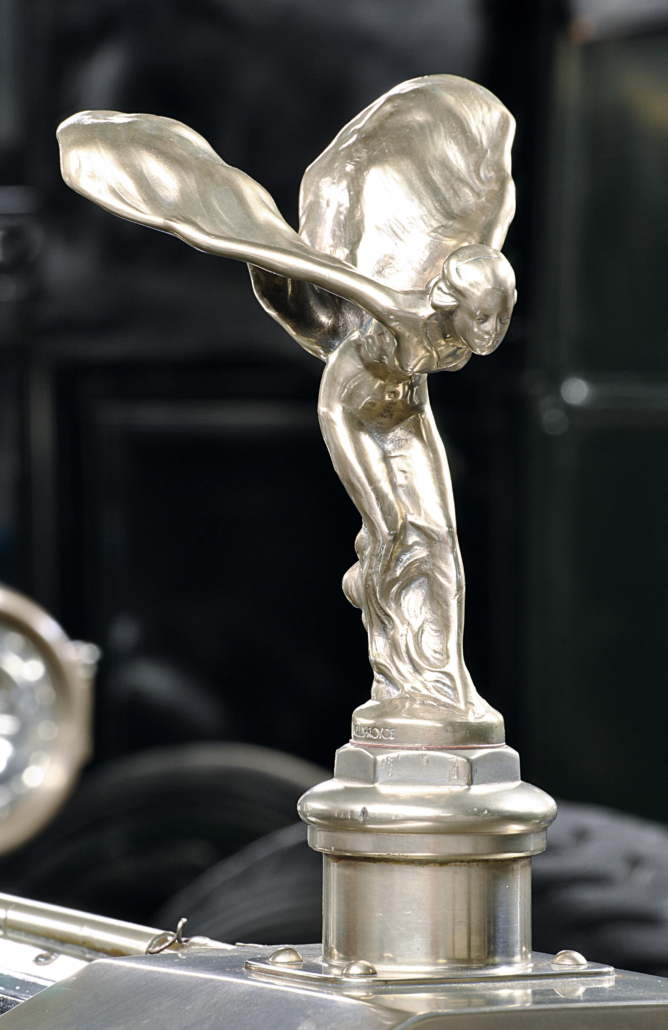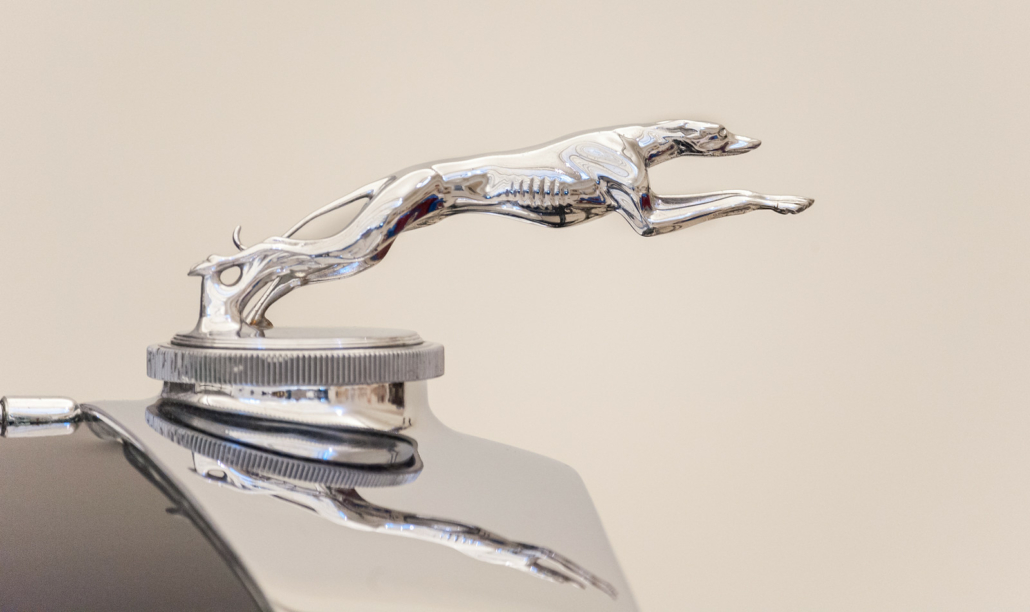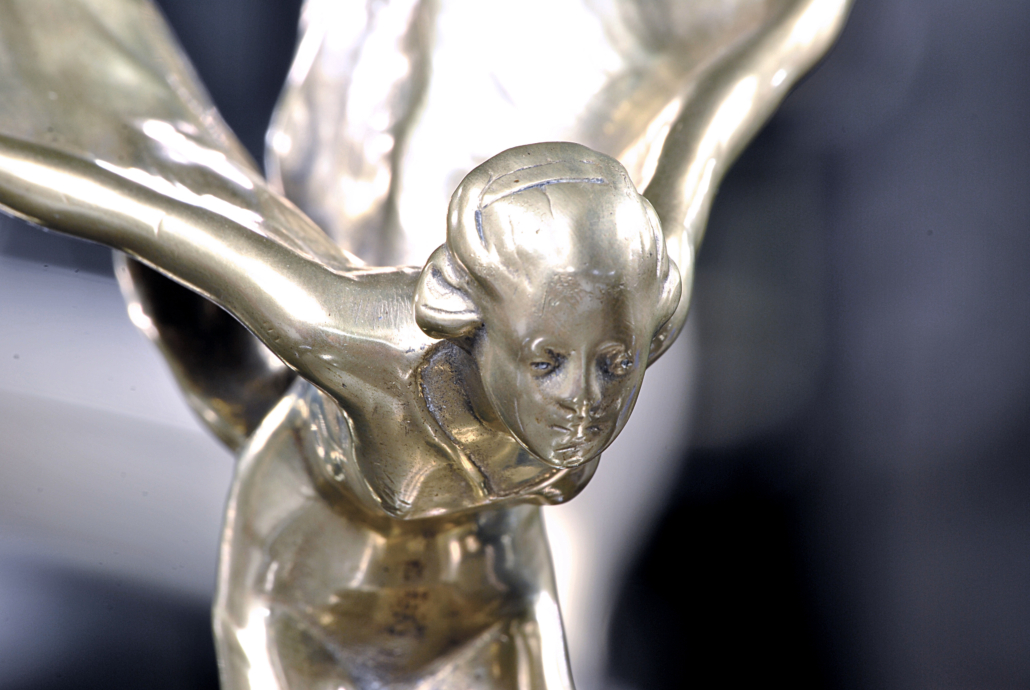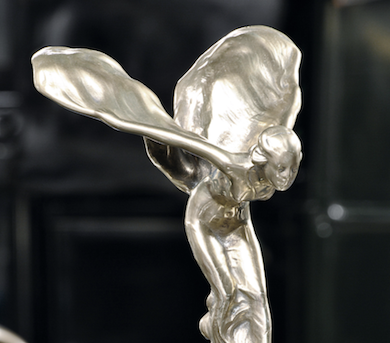
PITTSBURGH – During the history of motoring, hood ornaments evolved from the practical (externally mounted radiator caps) to the purely decorative. Today only a few luxury brands continue the tradition. Why were hood ornaments so popular and what led to their demise? Cast in Chrome: The Art of Hood Ornaments at the Frick Car and Carriage Museum will take a look at the evolution of these decorative automobile elements. It opened on April 24 and will continue through October 31.
What began as a means to monitor radiator temperature became a way of displaying status and personalizing vehicles. The popularity of these adornments was not lost on manufacturers, who saw an opportunity for branding, creating factory hood ornaments associated with specific makes and models. Cast in Chrome explores the relationship between car makes and hood ornament designs, looks at the artists who sculpted these miniature works of art, and examines their decline in popularity.

The exhibition is organized thematically, with sections devoted to the female figure, animals, mythology, Art Deco-inspired motifs, and the great space race—when airplanes and rockets made their way onto hoods. Each theme is accompanied by a featured automobile marque from the 1920s or 1930s, a selection of illustrative hood ornaments, and clothing from the period. This special exhibition features the famous Spirt of Ecstasy, the well-known mascot of Rolls-Royce, represented by the Frick’s 1923 Rolls Royce Silver Ghost Salamanca town car. Also included is Helen Clay Frick’s 1931 Lincoln Model K Dual Cowl Phaeton with greyhound ornament. Four additional cars will be on loan to the Frick, along with about 30 additional hood ornaments.

Cast in Chrome is organized by Kim Cady, Assistant Curator, Car and Carriage Museum.
Major exhibition program support is provided by the Richard King Mellon Foundation.
Visit the website for the Frick Pittsburgh and see its dedicated page for Cast in Chrome: The Art of Hood Ornaments.


